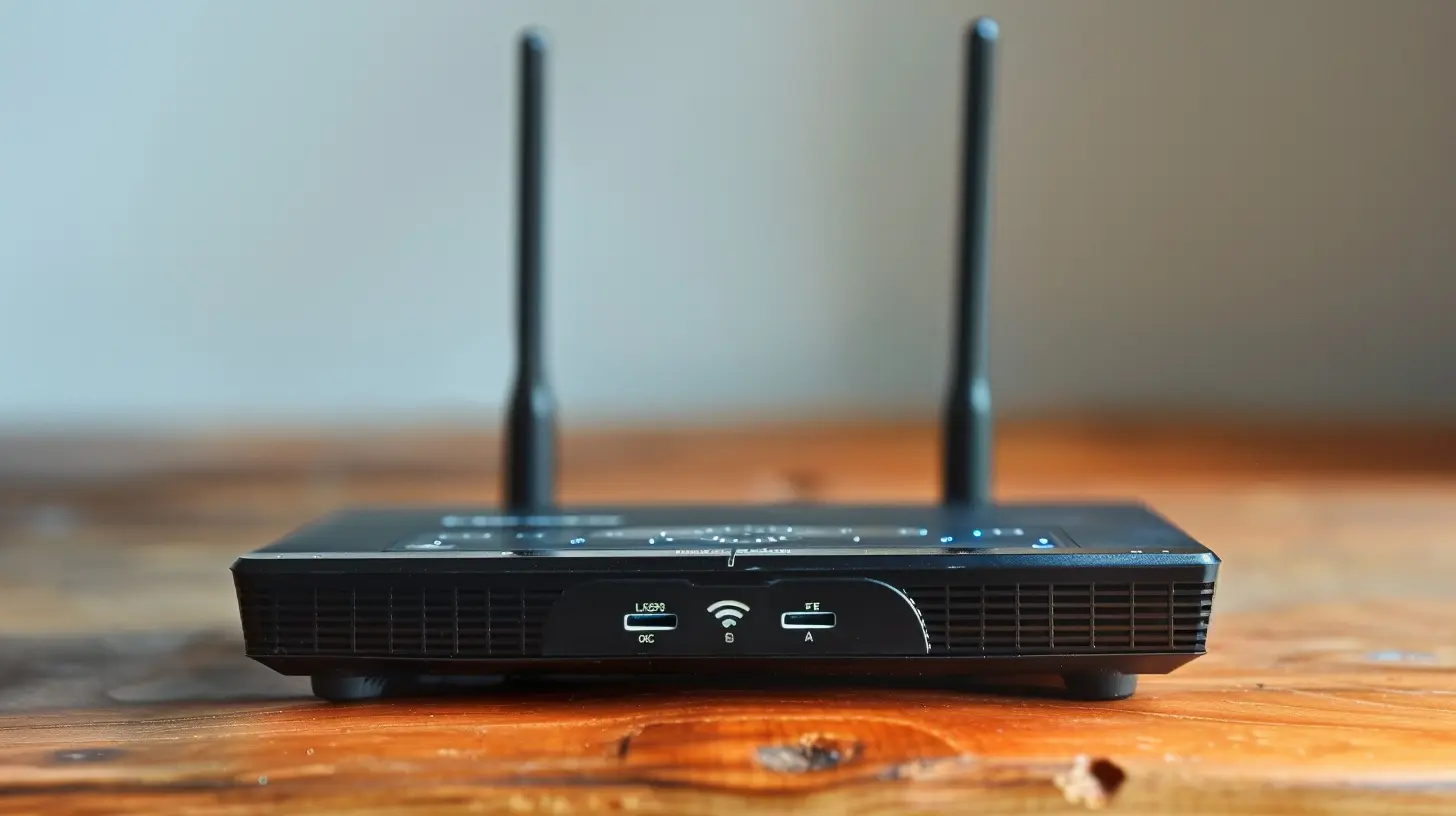Understanding Wi-Fi Channels: How to Avoid Interference
12 November 2025
Wi-Fi is the invisible force that keeps our digital world connected. Yet, despite how essential it is, many people struggle with slow speeds, dropped signals, and frustrating buffering. If you've ever wondered why your Wi-Fi isn't performing as expected, the culprit might not be your internet speed—it could be Wi-Fi interference.
One of the most overlooked factors affecting Wi-Fi performance is how your router communicates through specific channels. Understanding Wi-Fi channels and knowing how to choose the best one can make a significant difference in speed and reliability. So, let’s dive into the world of Wi-Fi channels and uncover how to avoid interference like a pro! 
What Are Wi-Fi Channels?
Think of Wi-Fi channels like lanes on a highway. Your router and connected devices use these channels to send and receive data. When too many devices are packed into the same lane, things slow down—just like traffic during rush hour.Wi-Fi operates on two main frequency bands:
- 2.4 GHz band – This band has 14 channels (though only 11 are used in most regions).
- 5 GHz band – This band has more than 20 channels, depending on the country.
Each channel represents a different frequency that your devices communicate on. However, not all channels are created equal. Some overlap, while others remain free from congestion. Understanding how to select the best channel can dramatically improve your connection. 
Why Wi-Fi Interference Happens
Wi-Fi interference occurs when multiple devices or networks operate on the same or overlapping channels. This interference can come from various sources, including:- Neighboring Wi-Fi networks – If your neighbor's router is using the same channel as yours, both signals can collide, slowing down speeds.
- Household appliances – Devices like microwaves, baby monitors, and cordless phones also use the 2.4 GHz band, causing interference.
- Bluetooth devices – Many Bluetooth gadgets operate in the same frequency range, leading to congestion.
- Physical obstacles – Walls, floors, metal objects, and even water (like large fish tanks) can weaken Wi-Fi signals.
To avoid interference, you’ll need to choose the right Wi-Fi channel and minimize conflicting signals. 
Choosing the Best Wi-Fi Channel
So, how do you pick the best Wi-Fi channel? It depends on the frequency band you're using.Best Channels for 2.4 GHz Wi-Fi
The 2.4 GHz band is notorious for interference because it has only 11 standard channels, and most of them overlap. However, three channels stand out as the best options:- Channel 1
- Channel 6
- Channel 11
These are known as non-overlapping channels, meaning they don’t interfere with each other. If you're experiencing slow speeds on 2.4 GHz, switching to one of these channels can help reduce interference.
Best Channels for 5 GHz Wi-Fi
The 5 GHz band offers more channels with wider spacing, meaning it experiences less interference than 2.4 GHz. In general, channels 36, 40, 44, and 48 are commonly used and work well in home environments.However, if you're dealing with interference from nearby networks, you might want to try higher-range channels like 149, 153, 157, and 161. These tend to have less congestion, leading to better performance. 
How to Check for Wi-Fi Interference
Before changing your Wi-Fi channel, it’s a good idea to check for interference. Luckily, there are tools that can help:- Wi-Fi Analyzer Apps – Tools like NetSpot, WiFi Analyzer (Android), and inSSIDer can scan nearby networks and show which channels are overcrowded.
- Router’s Built-in Scanner – Some modern routers have built-in diagnostic tools that recommend the best channel.
- Windows/Mac Commands – On Windows, you can use the command `netsh wlan show networks mode=bssid` in Command Prompt to see signal strengths and channels. On Mac, the `Option + Click` on the Wi-Fi icon reveals similar details.
Once you analyze network congestion, you can make informed decisions about switching your Wi-Fi channel.
How to Change Your Wi-Fi Channel
Switching your Wi-Fi channel is easier than you might think. Here’s a step-by-step guide:Step 1: Access Your Router’s Settings
1. Open a web browser and enter your router’s IP address (commonly 192.168.1.1 or 192.168.0.1).2. Log in using your router’s username and password (often printed on the router).
Step 2: Find Wireless Settings
1. Navigate to the Wi-Fi settings or wireless setup section.2. Look for Channel settings under the 2.4 GHz and 5 GHz sections.
Step 3: Change the Channel
1. Select a channel based on the analysis you did earlier (Channel 1, 6, or 11 for 2.4 GHz; 36-161 for 5 GHz).2. Save changes and restart your router.
Step 4: Test Your Connection
After the change, run a speed test on your devices to see if performance has improved. If not, you can try another channel.Additional Tips to Minimize Wi-Fi Interference
Beyond changing channels, here are some extra tips to ensure your Wi-Fi remains stable and fast:1. Use 5 GHz Whenever Possible
If your router and devices support 5 GHz, use it. It has more channels, less interference, and generally provides faster speeds.2. Upgrade Your Router
Older routers may not efficiently handle interference. If yours is outdated (more than 5 years old), consider upgrading to a modern dual-band or tri-band router.3. Optimize Router Placement
Your router's location plays a huge role in signal strength. Keep it:- In a central position
- Away from walls and metal objects
- Elevated, like on a shelf
4. Reduce Competing Devices
If you have many smart home devices, gaming consoles, and streaming TVs on 2.4 GHz, try moving some to 5 GHz or via Ethernet for better performance.5. Enable QoS (Quality of Service)
Many routers offer QoS settings to prioritize bandwidth for specific tasks, like video calls or gaming, helping reduce lag and buffering.Final Thoughts
Wi-Fi interference is a common frustration, but fortunately, it's something you can control. By understanding Wi-Fi channels and making a few adjustments, you can ensure a smoother, faster, and more reliable connection.Next time your Wi-Fi starts acting up, don’t immediately blame your ISP—check your channels, optimize your settings, and take charge of your connection!
all images in this post were generated using AI tools
Category:
NetworkingAuthor:

Gabriel Sullivan

